The term ‘EXUP valve’ (Exhaust Ultimate Power Valve) is often used in relation to motorcycles, but what is an EXUP valve and how does it help you ride faster?
The EXUP system was first introduced in motorcycle exhaust systems by Yamaha in 1989 on the FZR1000 and has since been used by Honda (HTEV – Honda Titanium Exhaust Valve and H-VIX – Honda Variable Intake/Exhaust systems), Suzuki (SET – Suzuki Exhaust Tuning) and some Triumph motorcycles.
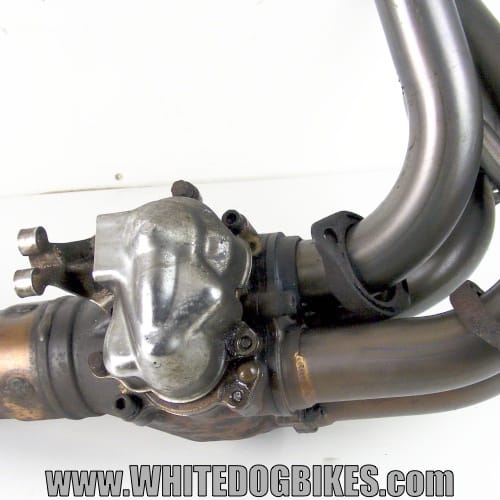


A Yamaha YZF-R1 EXUP valve (2002, 5PW model)
An EXUP valve is a butterfly valve used in 4 stroke motorcycle exhaust systems that regulates the flow of exhaust gas released from the engine depending on how much power (throttle) is being used.
Note: The valve is electronically operated by a servo and is usually mounted just after the downpipes (aka headers).
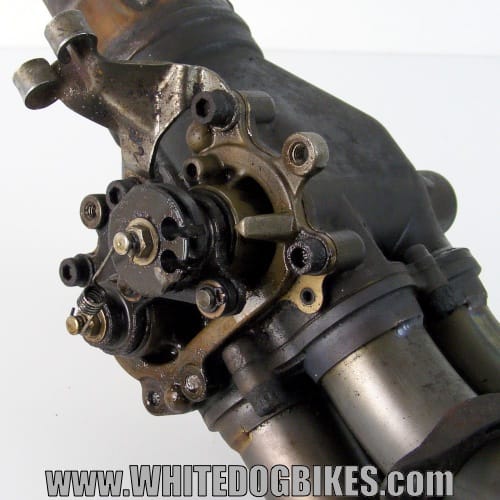

Yamaha R1 EXUP valve in the open and closed positions
As the power is increased (by twisting the throttle grip) the butterfly valve opens allowing the exhaust gases to escape. This helps improve performance at lower revs by reducing the diameter of the exhaust (which helps the gas to be forced out of the exhaust system).


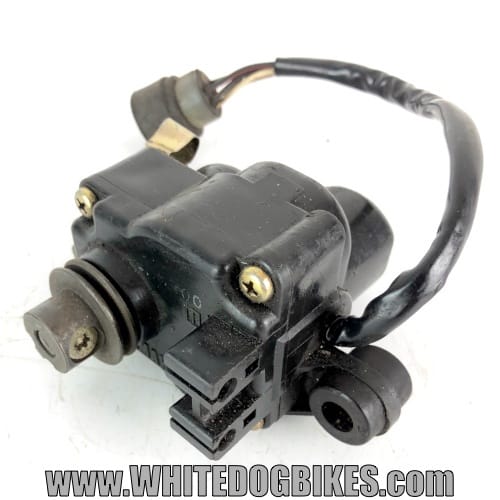
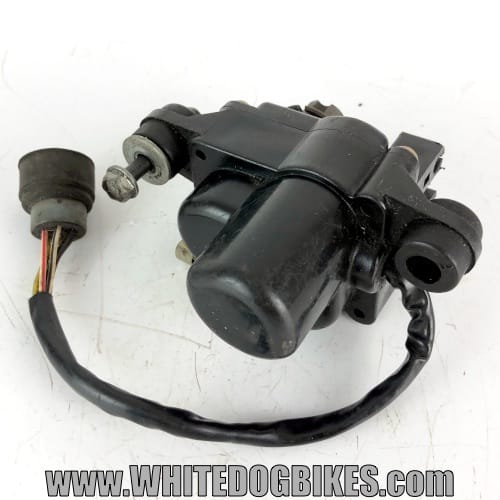
Different power valve (EXUP) servo motors (Yamaha R1 and FZR400)
The EXUP valve is controlled by a (usually) remote electric servo motor controlled be the ECU.
Note: A servo is an electronic switch that controls the position or speed of something.
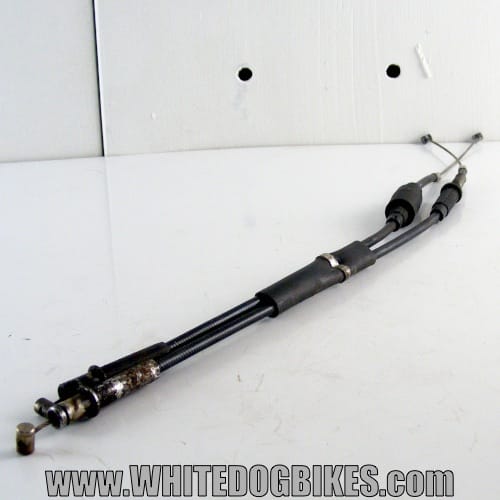
Cables that go from the EXUP valve servo motor to the EXUP valve to open/close the butterfly valve.
Thanks to: Four-stroke power valve system – Wikipedia
Disclaimers:
The information provided on this page is ‘to the best of our knowledge’ and should not be taken as 100% accurate!!
To keep this page as a free resource for people to use, there are affiliate links (mainly Amazon) throughout the article. These affiliate links help maintain the cost of running this blog (basically, if you visit Amazon through one of the links and buy something, we make a few pence!).

Leave a Reply